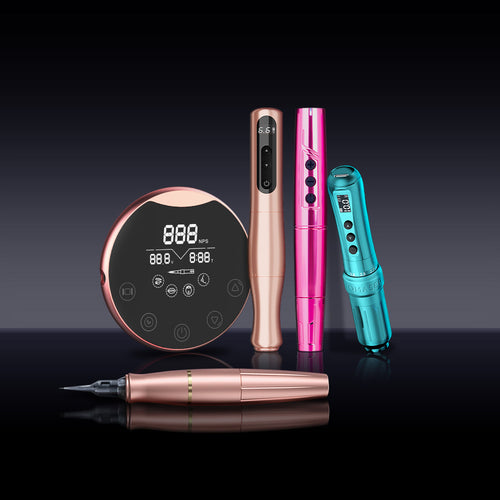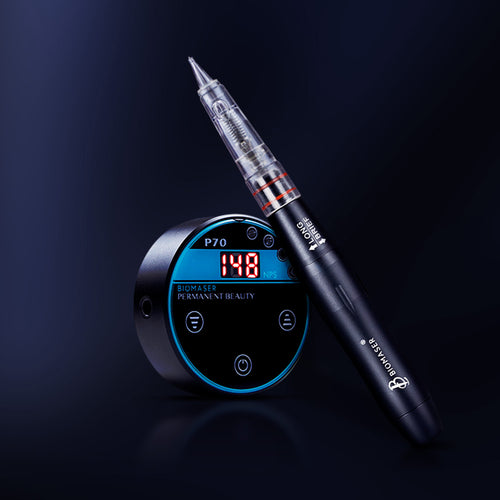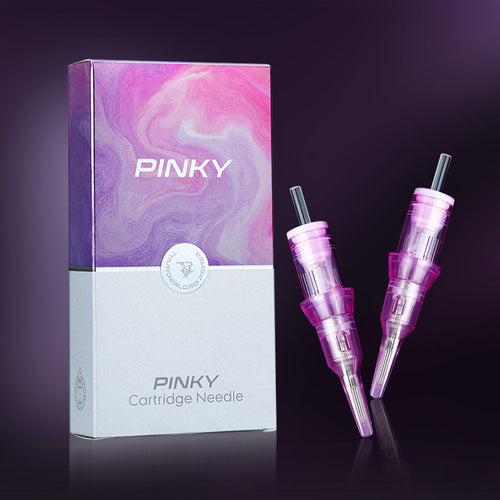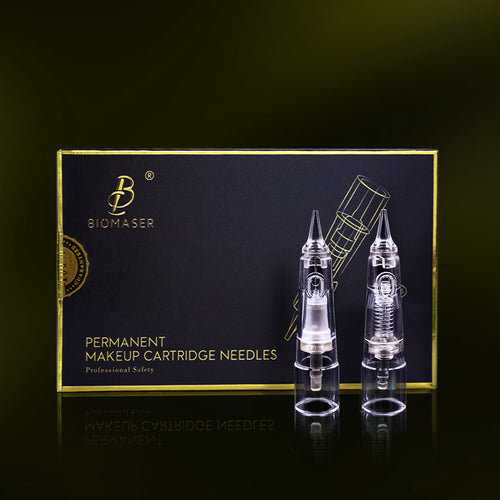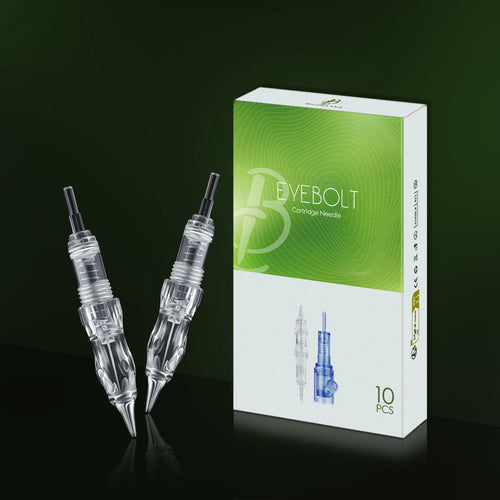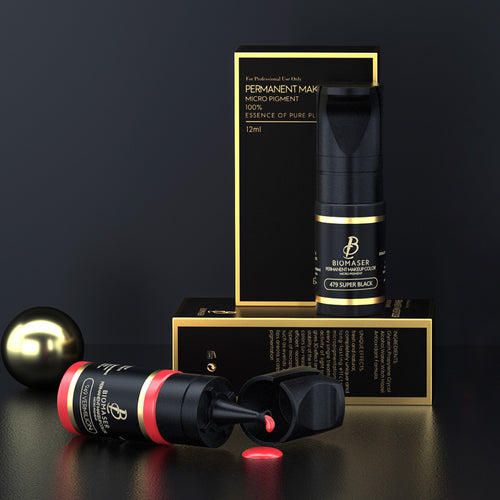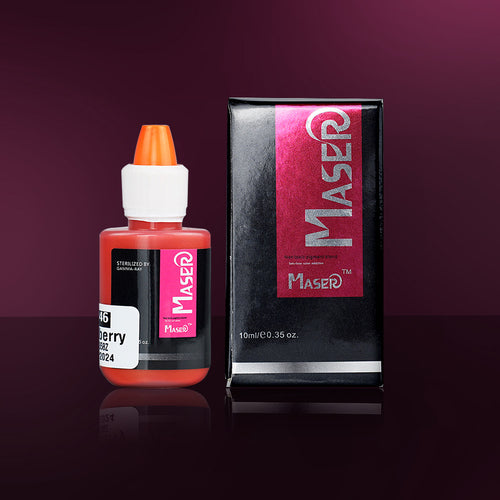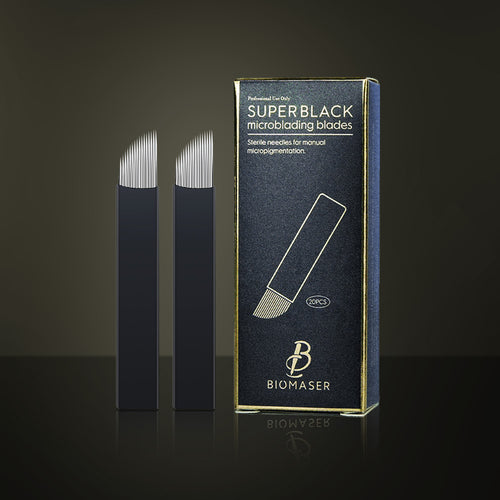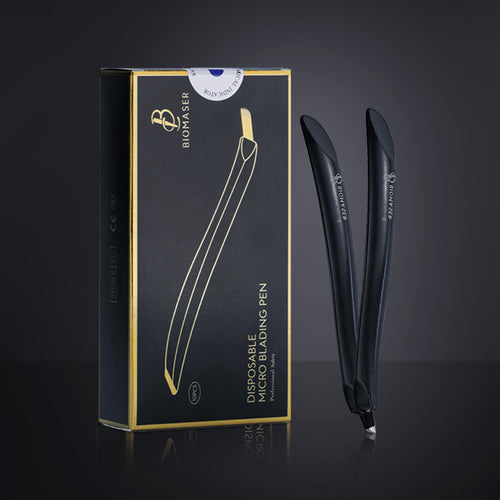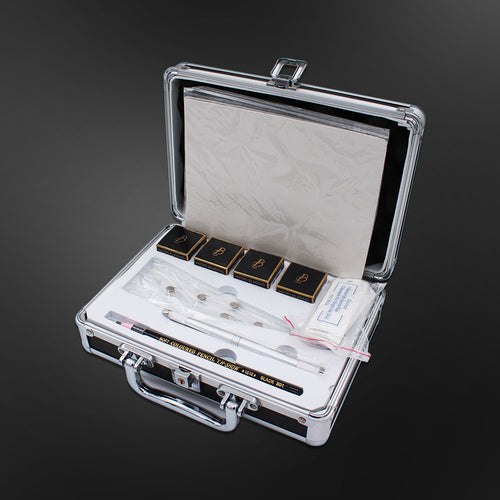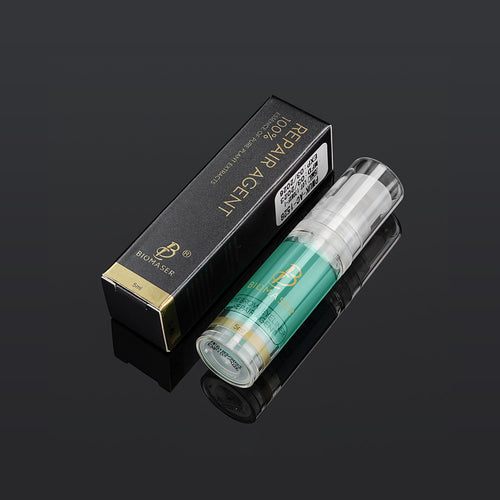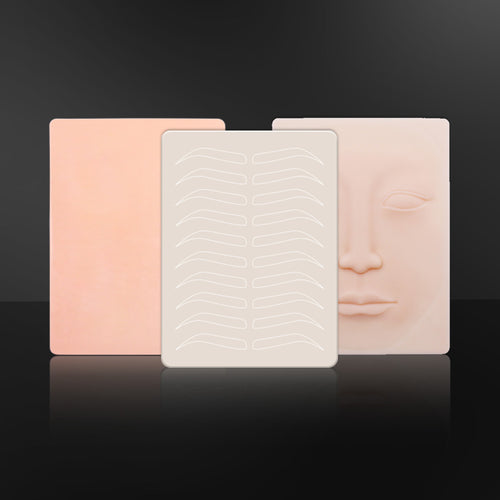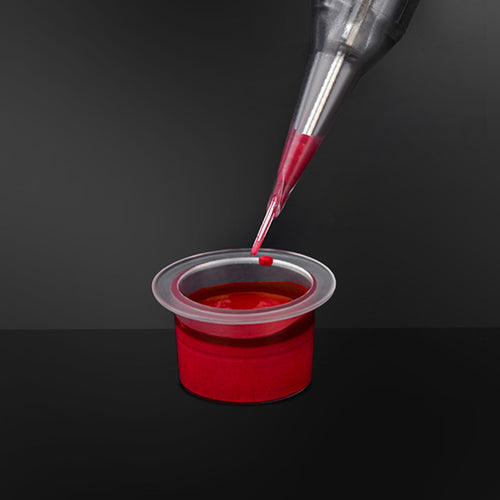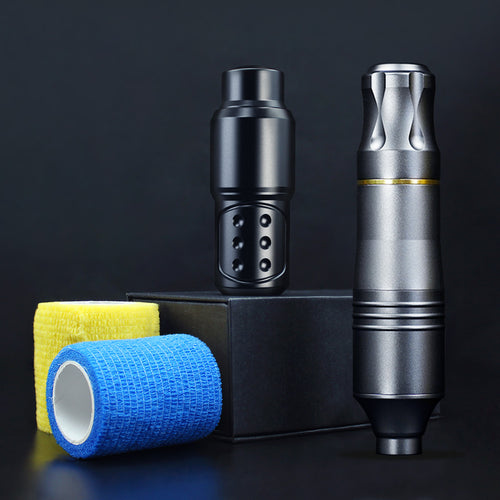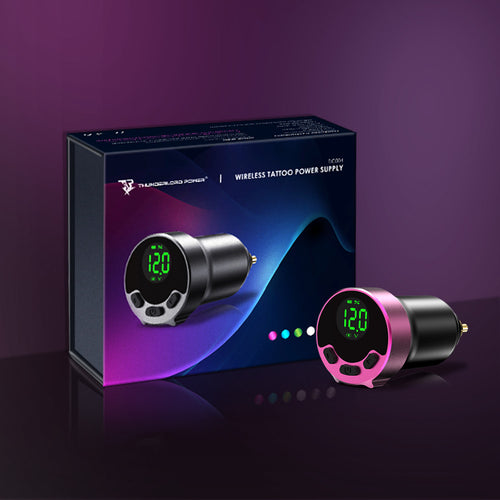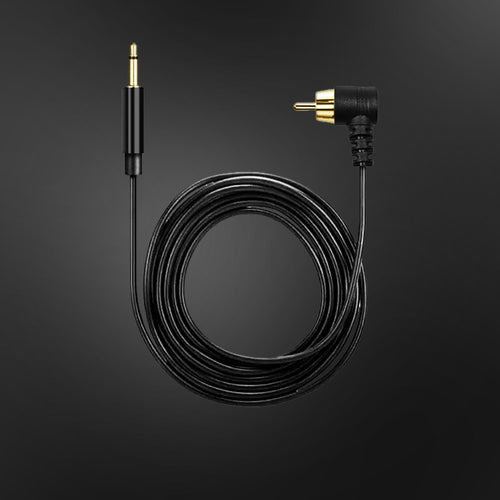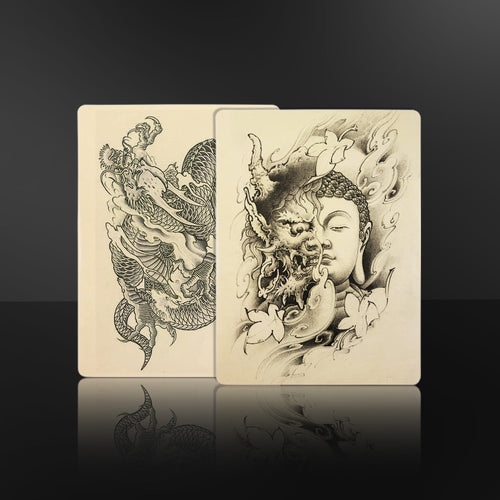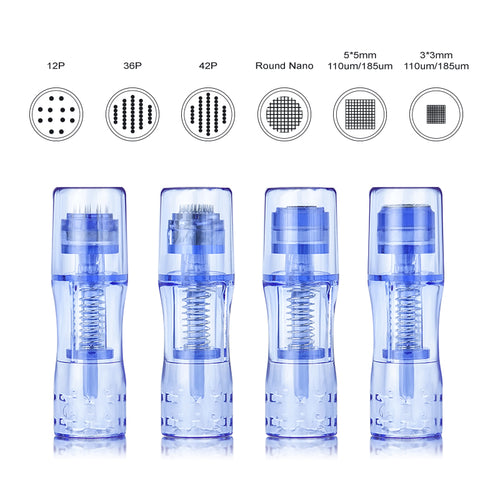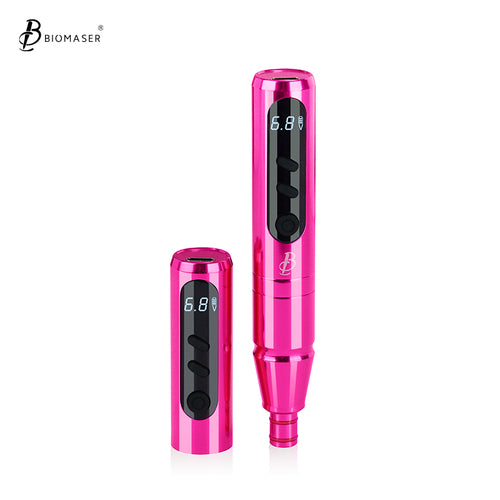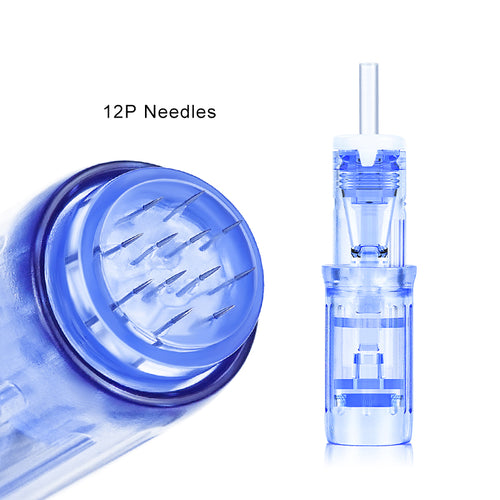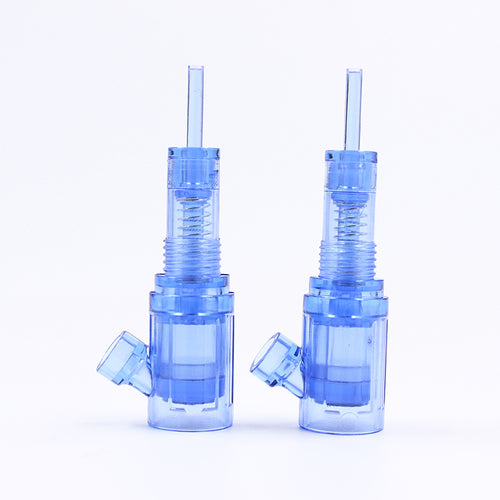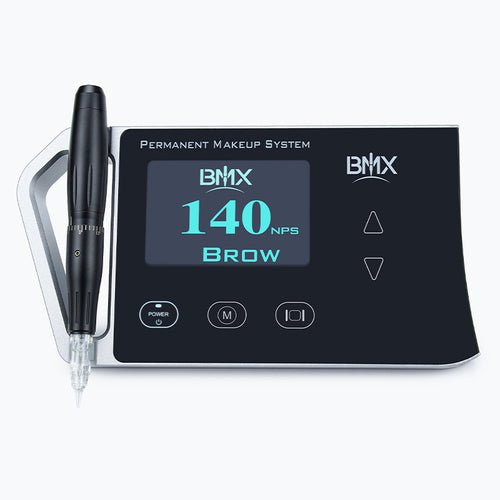Does Permanent Makeup Look Natural?

Quick Answer
Yes, permanent makeup can look natural when applied by an expert. The right technician uses quality pigments and advanced techniques to subtly enhance features, tailored to your skin type and facial structure. Although called 'permanent,' touch-ups are needed over time as the color fades. Healing from the procedure varies, but with proper aftercare, you'll achieve a natural, long-lasting look.
Introduction
Permanent makeup has become a buzzword in beauty circles, promising the dream of waking up every day with your makeup already perfectly done. But many people wonder if it's too good to be true. Can this long-lasting cosmetic technique really give you a look that's indistinguishable from natural makeup? In this article, we'll cut through the noise and get down to what permanent makeup is all about. We're going to take a close look at how advancements in the field have made it possible for these cosmetic enhancements to not only look natural but also complement your individual features. So, let's dive into the world of permanent makeup and see just how natural it can look, leaning on the expertise of those who work their magic with needles and pigments.
The Insider's Guide to Natural-Looking Permanent Makeup

The Magic Touch: Finding the Right Technician
When it comes to getting a natural look with permanent makeup machine, it's all about the artist behind the needle. You wouldn't trust just anyone with a paintbrush to create a masterpiece, and the same goes for your face. Skilled technicians are like the Picassos of permanent makeup; they know how to blend their artistic talents with precision to give you that "I woke up like this" look.
To find the right technician:
- Check Their Credentials: Look for certifications that show they've been trained properly.
- Experience Counts: More experienced artists will have a steadier hand and a better eye for what looks natural.
- Portfolio Perusal: Dive into their before-and-after photos to see if their version of "natural" aligns with yours.
Pigments and Props: Quality Matters
The tools and pigments used in permanent makeup have come a long way. Today's top-shelf pigments are designed to blend beautifully with your skin tone, giving you a soft, non-inked look.
Here's why quality is key:
- Pigment Perfection: High-quality pigments reduce the risk of color changes over time

- Equipment Evolution: Advanced permanent makeup machine means more precision, less pain, and quicker healing.

Artistry in Action: Technique Makes Perfect
Your face isn't a one-size-fits-all canvas, and different areas need different techniques. For eyebrows that look like they're naturally lush, technicians use a hair stroke method that mimics individual hairs rather than a block of color. For lips and eyeliner, the trick is to enhance without going overboard – no harsh lines, just gentle shades that define and shape.
Techniques to look out for:
- Featherlight Brows: Hairstroke or microblading techniques for brows that look full but not fake.
- Lovely Lips: Lip blushing that enhances your natural color instead of overpowering it.
- Elegant Eyeliner: A subtle eyeliner tattoo that follows your lash line for a fuller-looking lash base without the stark line.
Tailoring Permanent Makeup to Your Unique Features

Skin Deep: Matching Makeup to Your Skin Type and Tone
Not everyone's skin will react to cosmetic permanent makeup in the same way, so it's crucial your technician tailors their approach to you specifically. Whether you have oily, dry, or combination skin affects how the pigment is absorbed and retained. Plus, the right color match goes beyond "light" or "dark" - it's about understanding the warm, cool, or neutral undertones of your skin to select pigments that'll look like they're naturally yours.
Here's what to think about:
- Skin Behavior: Oily skin may blur the ink over time, while drier skin can result in crisper lines.
- Tone Matching: Pigments might heal differently on various skin tones; a good technician will know how to anticipate these changes.
The Symmetry Secret: Enhancing Your Natural Beauty

Your face is unique, and a cookie-cutter approach just won't do. When done right, permanent makeup doesn't change how you look - it enhances your natural beauty. This could mean subtly tweaking asymmetrical features or choosing shapes and contours that flow with your natural bone structure. It's not about creating perfection but celebrating and accentuating your individual features.
Key pointers for symmetry:
- Personalized Approach: A good artist will measure and draft outlines tailored to your facial features before starting.
- Balance and Harmony: The goal is to create balance without losing the character of your original features.
Lifestyle Considerations: Keeping It Real (and Lasting)
Permanent makeup can be a major time-saver, but how it interacts with your daily routine is something to consider. If you're someone who spends a lot of time outdoors, remember that sun exposure can fade pigments faster. And if you love high-intensity workouts, sweat can also affect the healing process and longevity of your PMU.
How to keep your PMU pristine:
- Sun Smarts: Use SPF on your permanent makeup to protect it from UV rays.
- Touch-Up Talks: Chat with your technician about how often you might need touch-ups depending on your lifestyle.
Setting Realistic Expectations: The Heart-to-Heart Consultation
The Importance of the Pre-PMU Chat
Before you get swept up in the excitement of transforming your look, a thorough consultation with your permanent makeup artist is crucial. This sit-down is more than just paperwork; it's where you set the stage for what's to come. You'll discuss not only your desired outcomes but also any concerns or questions you might have. This candid conversation ensures that both you and your technician know exactly what to expect.
Key aspects of a good consultation:
- Hopes and Fears: Share what you're hoping to achieve and any anxieties about the process.
- Medical History Run-Down: Certain conditions or medications can affect how your skin takes to PMU.
Managing Expectations: The Preview of Your New Look
Permanent makeup isn't a magic wand - it has its limits. While it can enhance and beautify, it won't necessarily look like traditional makeup. For instance, your permanently blushed lips won't have the sheen of lip gloss unless you add some. Your artist should help you understand the healing process and how the pigmentation will settle over time, giving you a clear picture of the end result.
Reality check on results:
- Immediate vs. Long-Term Results: Freshly applied PMU looks different from healed PMU.
- Aging with Grace: Discuss how your PMU may age with your skin and lifestyle changes.
Navigating the Risks: A Safety Overview
Every procedure comes with risks, and it's important to acknowledge them. Your technician should walk you through potential side effects, like swelling or redness, and how they are minimized. Understanding the aftercare process is also key to preventing complications like infections or pigment migration.
Busting Myths: The Truth About PMU

Permanent makeup has been surrounded by myths and misunderstandings that can cloud the judgment of even the most discerning beauty enthusiasts. It's time to separate fact from fiction and gain some clarity about what permanent makeup can genuinely offer in terms of a natural look.
Myth 1: Permanent Makeup Is Painfully Obvious
Many people think of permanent makeup as a bold, unmistakable statement, but modern techniques have refined the craft to subtlety.
- Fact: With the right technique and color selection, permanent makeup can be virtually undetectable, enhancing your features without drawing unwelcome attention.
Myth 2: It's Permanent, So It Never Fades
The word "permanent" suggests a one-time affair with everlasting results, but this isn't quite accurate for PMU.
- Fact: While called permanent due to the lasting nature of the pigmentation, PMU does fade over time and will likely require touch-ups every few years to maintain its natural look.
Myth 3: Permanent Makeup Is Just Like Getting a Tattoo
While both involve needles and pigments, that's where the similarities end.
- Fact: Permanent makeup pigments are placed at a shallower depth than traditional tattoos, and the inks used are designed to fade naturally over time, which helps maintain a more natural appearance.
Myth 4: Anyone Can Get the Same PMU Treatment
You might see a style of brows or eyeliner on someone else and want the exact look, but what works for one person might not work for you.
- Fact: A skilled PMU artist will customize your treatment based on your skin type, facial structure, and personal preferences to create a look that complements your natural beauty.
Myth 5: Recovery Is a Breeze
We often hear tales of zero downtime and instant readiness, but like any cosmetic procedure, there's a healing process.
- Fact: Post-procedure, there might be swelling, redness, or scabbing. Healing varies from person to person, and following aftercare instructions is vital for achieving the best possible outcome.
Choosing the Right PMU Artist: Your Guide to a Trusted Professional
- Check Their Qualifications: Make sure your artist is professionally trained with the right certificates; it's proof they're serious about their craft. A certified artist means you're in hands that respect industry rules and client safety. Plus, a well-kept studio or clinic is a sign that they care about keeping things clean and safe for everyone.
- Gauge Their Experience: Look for an artist with a few years of PMU under their belt because experience often leads to better results. If you're after a particular style, like detailed eyeliner or natural brows, find someone who's known for those skills. An experienced artist will also know how to handle different skin types and conditions, ensuring you get the best outcome.
- Look at Their Work: Browse through their before and after photos to see if their work vibes with what you want. Consistency in their portfolio isn't just impressive; it means you can trust them to deliver quality every time. Pictures also give you a peek into their technique and finesse, which helps you predict how your own PMU might turn out.
- Read What Others Say: Take a look at what previous customers say – it's like a sneak peek at what you could expect. Positive reviews are good, but also notice how the artist responds to any less-than-stellar feedback. The way they handle criticism shows their professionalism and commitment to making things right.
- Have a Real Conversation: Schedule a consultation to meet the artist and discuss your expectations. It's your time to ask all the questions and express any concerns you have. This face-to-face is key-you'll get a sense of whether they listen well and understand what you're looking for, which is crucial for a happy PMU experience.
Final Thoughts
Stepping into permanent makeup can be quite the adventure. The key to nailing that fresh, natural look is all about teaming up with a pro who gets what you want and knows their stuff. Make sure to pick someone with a solid track record, chat openly about what you're hoping for, and remember that good things take time - your skin needs to heal before you'll see the real deal. Keep things real with aftercare, and before you know it, you'll be rocking that "I woke up like this" vibe every day.
